- Home
- Top Melaka Attractions
- Bukit Cina
Bukit Cina
Melaka
Bukit Cina, or Chinese Hill, is a historic neighbourhood located in the heart of Melaka. The area is home to a significant Chinese community and is steeped in rich history and cultural heritage. Visitors to Melaka who are interested in exploring the city's past should definitely pay a visit to Bukit Cina.
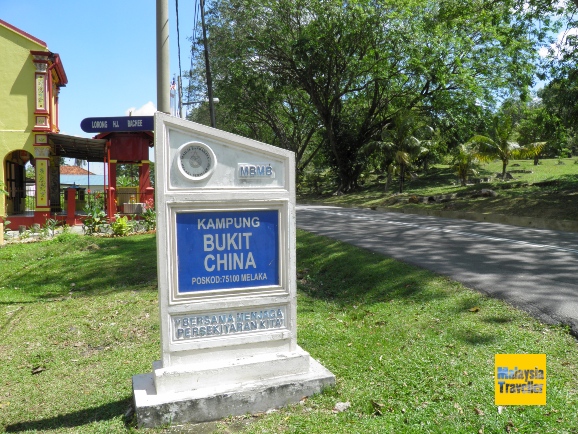
The area commonly referred to as Bukit Cina comprises Kampung Bukit China, a bustling neighbourhood that is home to numerous temples, shrines, and other cultural landmarks, as well as the adjacent cemetery spread over the hill itself.
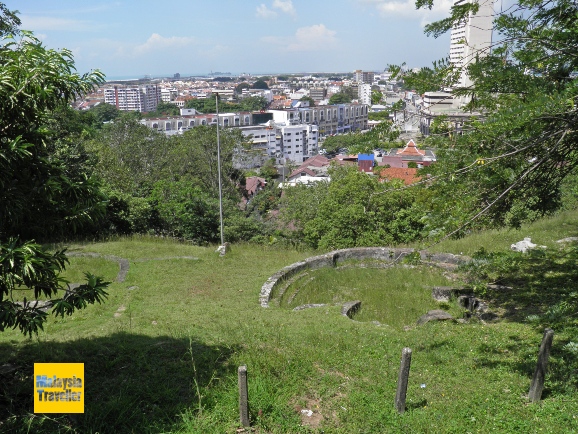
The cemetery covers 25 hectares making it one of the largest Chinese cemeteries outside of China. It has over 12,000 graves some of which date back to the Ming Dynasty in the early 1600s. Take one of paths up to the highest point for a good view of the city of Melaka and, if you are lucky, enjoy a cooling breeze blowing in off the sea.
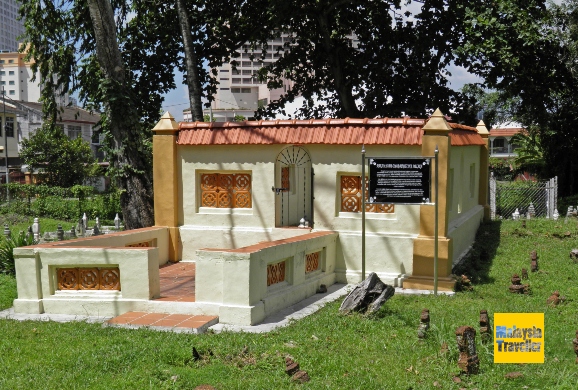
At the foot of the hill there is also a much smaller Muslim burial ground which includes this tomb of Habib Omar.
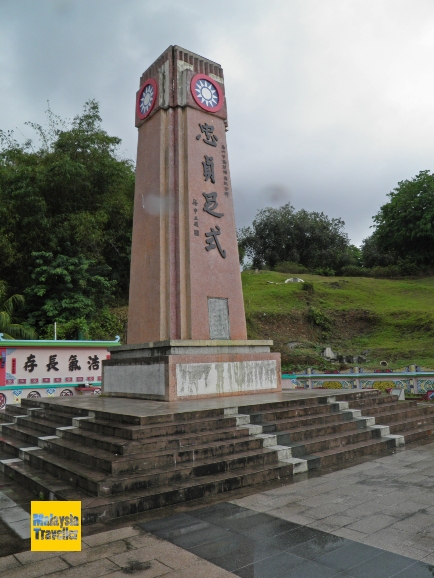
Nearby you can also find this memorial bearing the Nationalist Chinese symbol. The inscription tells us that this is in memory of the thousands of Chinese residents of Malacca who were brutally killed by the Japanese occupiers during the Second World War.
Bukit Cina has a long and fascinating history that dates back to the early days of Melaka's founding. According to legend, the hill was a gift from the local Malay ruler to a Chinese princess named Hang Li Poh, who was sent to marry the Sultan in the 15th century. Hang Li Poh and her entourage settled on the hill, and over time, it became a thriving Chinese community.
A must-visit attraction in Bukit Cina is the Sam Po Kong Temple, also known as the Three Well Temple. The temple was built in the 18th century and is dedicated to the worship of the Chinese god of prosperity and wealth, Sam Po Kong. The temple is also famous for its three wells, which are said to have miraculous powers and are visited by locals and tourists alike.
One of the most unique features of Bukit Cina is its many clan associations, which are organisations that serve as social and cultural centres for the Chinese community. These associations are named after specific surnames, and each one represents a group of people who share a common ancestry. The clan associations are an important part of Chinese culture and serve as a way for people to connect with their roots and preserve their heritage.
Visitors to Bukit Cina can also take a stroll through the neighbourhood's narrow streets and alleyways, which are lined with traditional shophouses and other historic buildings. The shophouses are a testament to Melaka's rich cultural heritage and offer visitors a glimpse into the city's past. Many of the shophouses have been restored and converted into cafes, restaurants, and boutique shops, making Bukit Cina a great place to shop, dine, and explore.
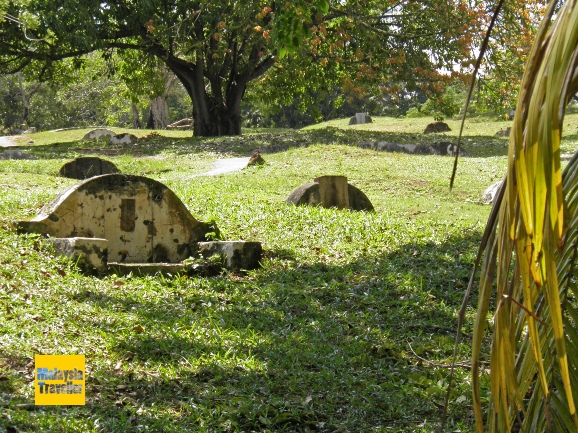
Bukit Cina is one of the few open green areas in crowded and congested downtown Melaka. It does offer a peaceful respite from the hustle and bustle of the city but since it is a cemetery most Malaysians would not wish to use this space for leisurely pursuits, preferring instead to avoid it.
The one time of the year when Malaysian Chinese do flock to the cemetery is the Hungry Ghost Festival, which is held in the seventh month of the Chinese lunar calendar. During the festival, locals offer food and other offerings to their ancestors and perform traditional rituals to appease wandering spirits.
Where is Bukit Cina?
Kampung Bukit Cina and Bukit China Cemetery are marked on this map.
- Home
- Top Melaka Attractions
- Bukit Cina
Share this page:



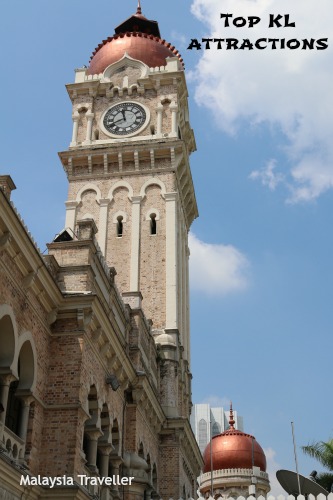
Comments
Have your say about what you just read! Leave me a comment in the box below.